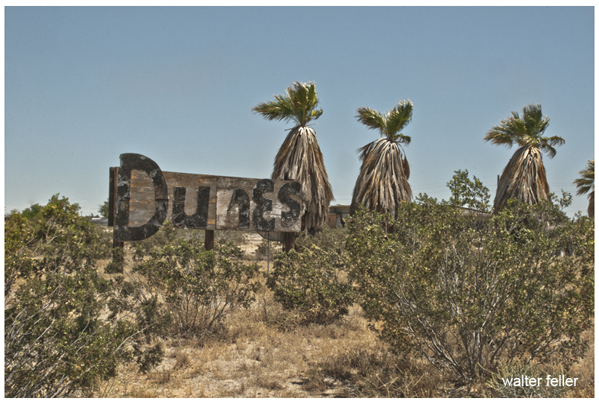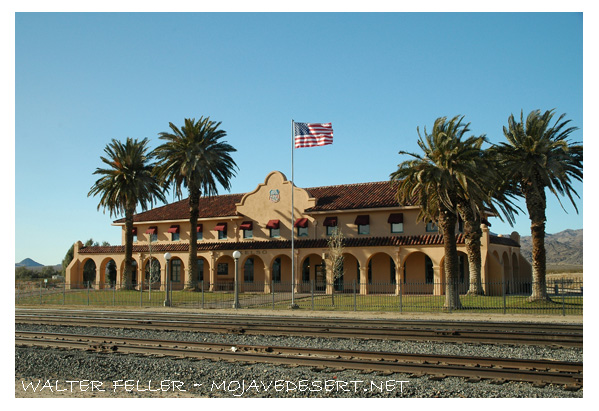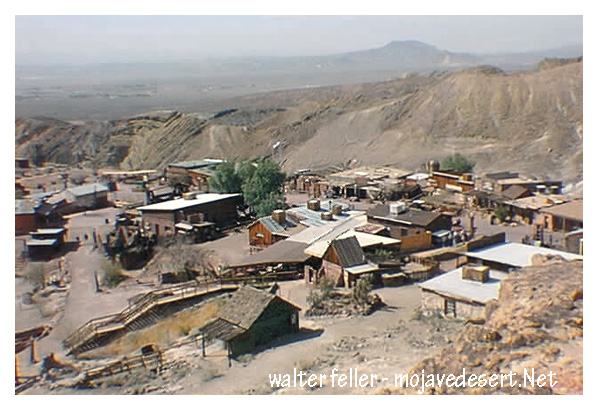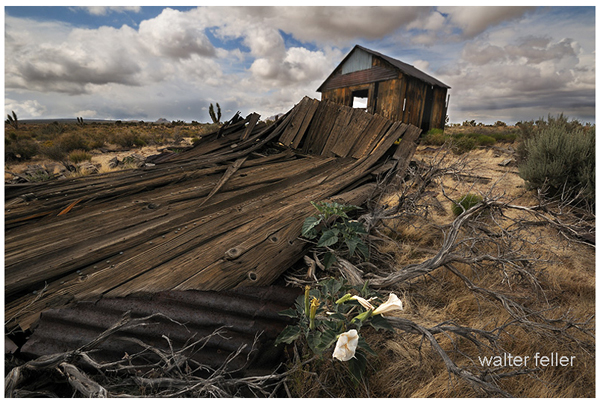Them dreams ain’t broken. They is just done playin’
There’s an old motel squatting beside the highway, its sign missing letters so it only spells half a word. Rows of doors face the road, all painted the same tired color, their numbers faded and flaking. The pool out back is nothing but cracked plaster and tumbleweeds. Travelers glance at it now and mutter, “broken dreams.”

But for a time, this place was buzzing. Neon glowed red and blue against the desert night, a beacon for weary drivers. Families pulled in with dust on their bumpers, kids tumbling out of cars and racing to the pool. Truckers parked out front, stretching stiff legs before grabbing a room. The ice machine clattered, the soda machine hummed, and radios crackled through thin walls. Each door held a story—honeymooners, salesmen, wanderers chasing the horizon.
The motel didn’t die because dreams collapsed. It faded when the road shifted, when chains offered cheaper beds closer to the freeway, when travel changed shape. The neon flickered out one night, the owner sold off the furniture, and the desert began to sift sand across the parking lot.
Now it sits in silence, a hollow frame where laughter once echoed. If you stand there at dusk, when the sky goes purple and the wind rattles the broken sign, you can almost hear the faint splash of kids in the pool, the muffled slam of a screen door, the hum of neon calling strangers in from the dark. Not broken dreams. Just the afterglow of a place that served its purpose and then stepped aside.
Dunes Motel
The Dunes Motel on Route 66 near Lenwood, California, was built in the late 1940s or 1950s. It had four buildings, each with four rooms (16 total), centered around a swimming pool designed to create a desert oasis feel. Located about 2.5 miles west of Lenwood at 23135 National Trails Highway, it catered to travelers during the heyday of Route 66.
Over time, with the arrival of Interstate 15 pulling traffic away, the motel declined. Today, it stands abandoned, with boarded windows, graffiti, and remnants like its old sign and pool still visible. Some recall it functioning more like an apartment complex in its later years, and it has even acquired a reputation for being haunted.
Lenwood itself once hosted several motels, cafes, and even a drive-in theater, but like the Dunes, most faded after the freeways bypassed Route 66.




